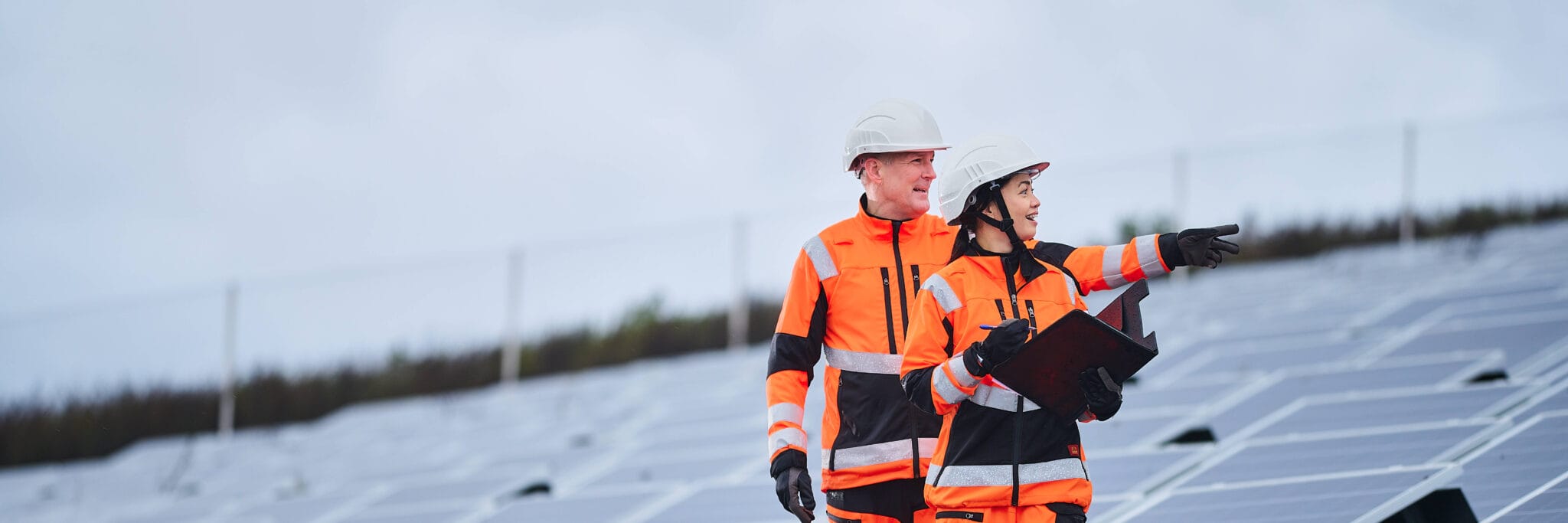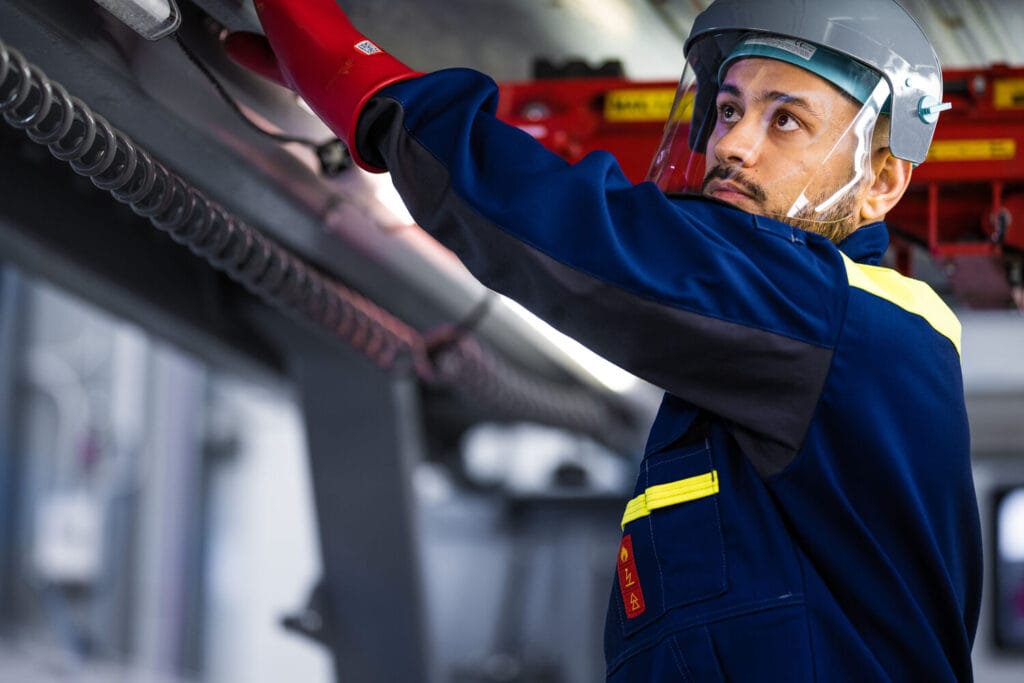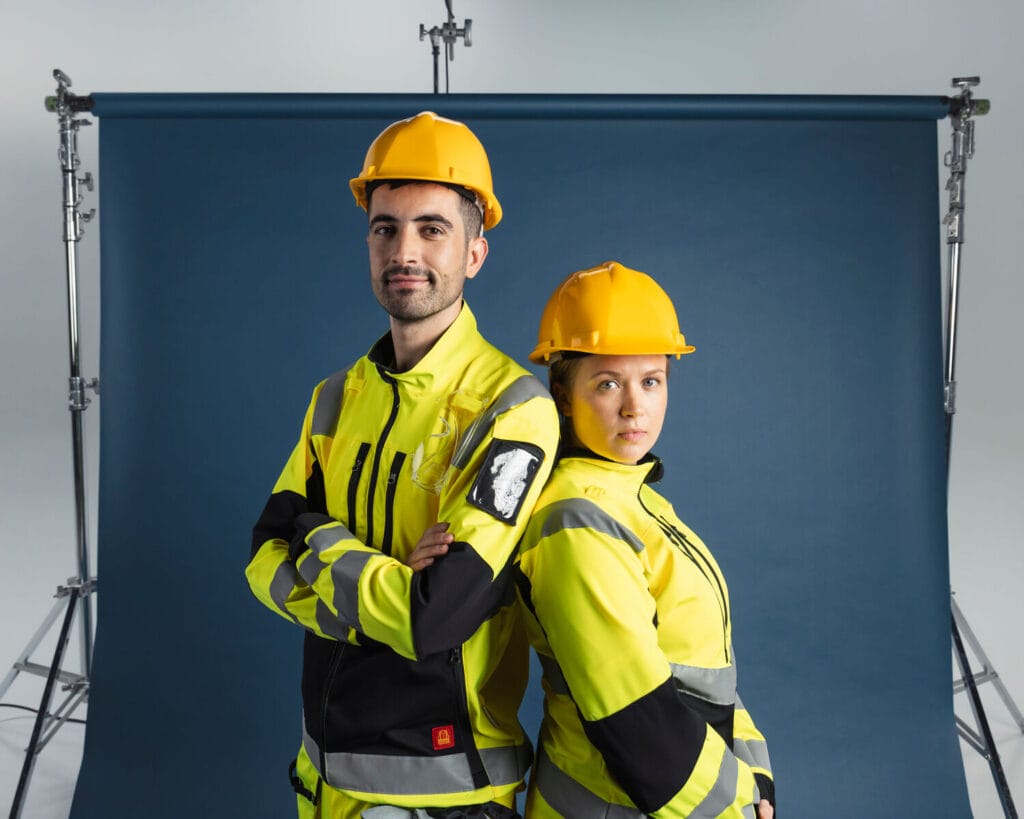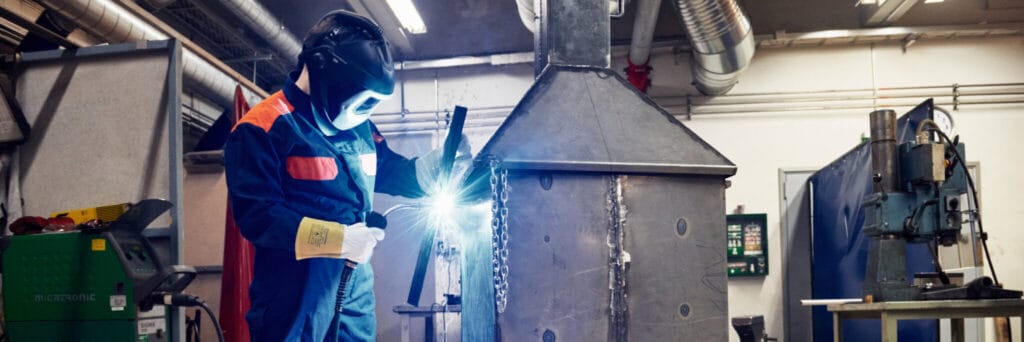
PPE Workwear: How to be safe, comfortable and compliant
When we think of PPE, we often think of masks, gloves or the full body suit of a character dealing with a Homer Simpson nuclear emergency. But often the most important PPE is the everyday workwear, like coveralls, coats, jackets and trousers. If these are not good enough, workers and employers face serious risks.
Not only is PPE workwear essential for a safe working environment, it’s also a legal requirement and the employer must provide it and makes sure it’s in good condition.
So, what exactly is PPE workwear, and how do we make sure we have the right garments?
We asked an expert – Melissa George, Area Sales Manager for Lindström, UK, who helped us with the most frequent questions employers have about PPE workwear.
What is PPE workwear?
PPE Workwear are the clothes that keep you safe at work. These are often coveralls, jackets, trousers or winter coats, but could even be polo shirts or T-shirts.
Personal protective equipment is designed to protect the wearer. If you’re a welder: as well as a leather apron, you need a garment that you can put over your clothes to protect you from welding splashes. It’s the last line, not the first line of defence.
Melissa George, Area Sales Manager
What is the definition of PPE workwear?
PPE is broadly defined as equipment or clothing designed to protect workers against health or safety risks. Employers must carry out a risk assessment to identify PPE necessary for safe work.
Basically, the employer first needs to carry out a risk assessment. Any workwear found to be necessary to safely perform the work is considered to be personal protective equipment (PPE).
Is there a legal requirement to provide PPE?
The employer must provide PPE equipment and workwear for the employees. In most countries, employers have a legal obligation to provide suitable PPE to employees at risk. Employers must also ensure that PPE remains in good condition. Melissa gives an example: “[the law] places a duty on every employer in Great Britain to ensure that suitable PPE is provided to ‘employees’ who may be exposed to a risk to their health or safety while at work.”
Is there a legal requirement to use PPE?
The employer must provide PPE, but do the employees have to use it? As Melissa explains, “Some people think it’s a grey area, but if the company provides it after carrying out a risk assessment, then the employee needs to wear the PPE workwear. The employee can face disciplinary action if they do not, as they are legally required to wear it. If the employee has an accident by not wearing those garments, the employer may be liable.”

How do you make sure people are using it?
One of the best ways to ensure employees use PPE, is to organise good quality, comfortable and practical garments. Melissa George has seen how the improvements in workwear have helped:
It wasn’t that long ago that PPE was considered a nuisance and was left hanging in the locker. However, over the last few years, the quality of PPE workwear has improved dramatically. Modern fabrics and clever design mean the garments are much more convenient and comfortable, as well as safer.
Melissa George, Area Sales Manager
Melissa continues, “Even over the last two years, I would say fabrics and compositions have changed a lot to make them more lightweight. Rather than a full wool mix for welding, for example, you have lighter garments. Nowadays, people are happy to wear the garments because they’re not too hot or uncomfortable. Lindström are particularly good at developing new products when the need arises.
A case in point is the Hi-Vis Pro range. It’s one of our best-selling ranges in the UK and it conforms to the Hi-Vis certification standards for the UK – We’ve now brought out a version with stretch panels so people that work on train refurbishment for example have more flexibility when climbing underneath the carriages.
Melissa George, Area Sales Manager
A final point to consider is that good-quality, well-designed and fitted PPE workwear will improve the performance of the employee. As Melissa George explains, “If workwear doesn’t fit well, employees might wear it, but they’re not productive because they’re uncomfortable.”

How is PPE workwear tested?
Different industries have specific standards for PPE workwear. Hi-Vis workwear, for example, is evaluated with special light metres that determine the brightness of the garment. Other industries might need clothing that meets standards for resisting electric shocks.
Melissa adds, “Heat and flame resistant garments will be tested to see how long heat can be applied to the garment before they catch fire, or to see how long a welding splatter takes to burn through a garment to the actual wearer.
“It’s the same with chemicals. Chemical liquid is placed on a garment, and you measure the time before it penetrates the garment.”
How do I know what workwear I need?
Choosing and managing PPE workwear can seem a scary task, especially for a large team. To help you in this task, we’ve written this article to help you choose and maintain your PPE workwear.
PPE workwear is essential:
- For safety
- For compliance
- For performance
Choosing the correct garments can seem a big task, but getting it right will mean happy, safe and legal workers.
Key takeaways:
| Legally required | Employers must provide suitable PPE (e.g., coveralls, hi‑vis, flame‑resistant clothing). |
| Mandatory to wear | Employees must use PPE identified in the risk assessment. |
| Certified protection | Garments are tested for heat, flame, chemical, and visibility safety. |
| Fit equals safety | Well‑fitted PPE reduces risks and improves productivity. |






